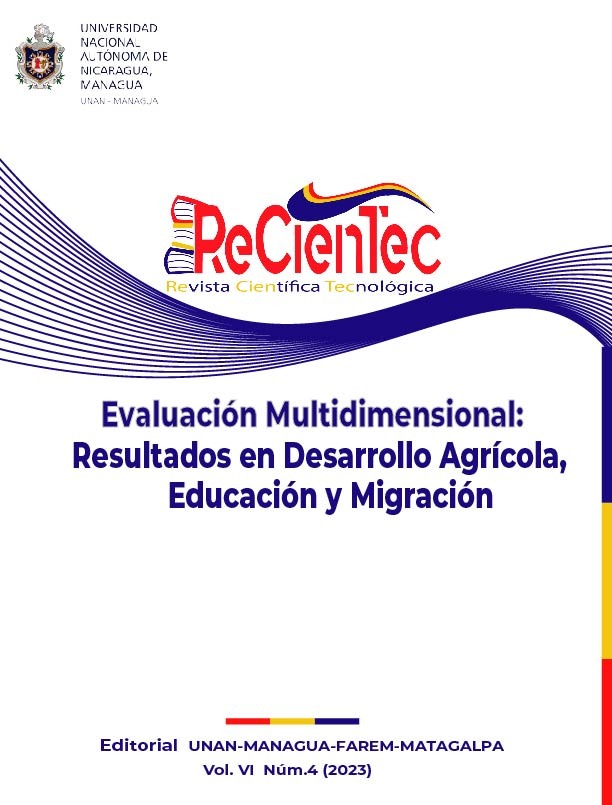Relationship between artificial juice intake and childhood obesity.
Keywords:
Artificial juices, Obesity, sugarAbstract
Excess artificial juices are very little beneficial for children's health. They are foods that, because they contain the amount of carbohydrates that the United States Dietary Guide classifies as sugars, it is also relevant to say that many of these artificial juices are mostly categorized as commercial beverages with greater consumption and exceed the sugar recommendation. of the World Health Organization (WHO), contain sodium benzoato, and non-caloric sweeteners that are not recommended for children, excessive consumption of sugary drinks can increase the risk of diseases such as obesity, diabetes, osteoporosis, cavities, disorders metabolic and cardiac problems.
Obesity is a chronic disease process, characterized by an increase in body fat. It is also an important risk factor for death each year. It can affect children and adolescents, often causing the child to begin to suffer from problems. health problems that were previously considered adult problems.
Downloads
References
ACADEMY, K. (2017). kitchenacademy.es. Obtenido de kitchenacademy.es: https://kitchenacademy.es/afecta-la-mala-alimentacion-los-ninos/
Aduviri Ochoa , C., Ondarza Salguero , K., & Valdivia Zurita, A. (2019). jugos-artificiales.html. Obtenido de jugos-artificiales.html: https://dokumen.tips/documents/jugos-artificiales.html?page=1
Calvillo , A., Espinosa , F., & Magaña , P. (2016). issuu. Obtenido de issuu: https://issuu.com/elpoderdelconsumidor/docs/como_cautiva_y_seduce_a_los_ni_os_la_industria_de_
Clinic, M. (2022). Obesidad infantil. MAYO CLINIC. Obtenido de https://www.mayoclinic.org/es-es/diseases-conditions/childhood-obesity/symptoms-causes/syc-20354827?sscid=61k7_gnvfe:~:text=La%20obesidad%20infantil%20es%20una,alta%20y%20el%20colesterol%20alto
Déu, F. S. (2021). Faros Sant Joan de Déu. Obtenido de Faros Sant Joan de Déu: https://faros.hsjdbcn.org/es/articulo/riesgo-azucar-desarrollo-cerebral-ninos
Flores , J., Fernandez, L., Cortes , S., Oliva, P., Figueroa , G., & Sandoval , P. (2017). Revista Chilena de nutricion. Bebidas azucaradas: Representaciones de escolares con sobrepeso y obesidad. Obtenido de https://www.redalyc.org/comocitar.oa?id=46952704010
García, J. R. (2018). riull.ull.es. Obtenido de riull.ull.es: https:///xmlui/bitstream/handle/915/9080/Azucar%20y%20cerebro.pdf?s
Gómez-Cotta, C. (2019). ethic.es. Obtenido de ethic.es: https://ethic.es/2019/10/cinco-efectos-del-azucar-en-nuestro-organismo/
Moreno G, M. (2012). Definición y clasificación de la obesidad. Revista Médica Clínica Las Condes, 124-128. Obtenido de sciencedirect: https://www.sciencedirect.com/science/article/pii/S0716864012702882
Ogletree, K. (2022). feeds.aarp. Obtenido de feeds.aarp: https://feeds.aarp.org/salud/vida-saludable/info-2022/peligros-de-las-bebidas-azucaradas.html?_amp=true
Parades Serrano, P., Aleman Castillo, J., Castillo Ruiz , O., & Perales Torrez , A. (2016). CONSUMO DE BEBIDAS AZUCARADAS Y SU RELACIÓN CON ENFERMEDADES CRÓNICAS NO TRANSMISIBLES EN NIÑOS. biotecnia, 55–61. doi: https://doi.org/10.18633/bt.v18i1.230
Rodríguez, B., del rosario, m., Garcia, A., Lopez , R., & Isabel , M. (2014). redalyc.org. Obtenido de redalyc.org: https://www.redalyc.org/articulo.oa?id=48731722006
Sánchez, A., Barón, M., Solano Rodríguez, L., Guerrero, A., & Diaz, N. (2008). alanrevista. Obtenido de alanrevista: https://www.alanrevista.org/ediciones/2008/3/art-3/
Silva Ocampo, P. (2014). Bebidas azucaradas, más que un simple refresco. Revista chilena de nutrición, 0717-7518. doi:10.4067
Zumos y Gaspachos de España. (2015). zumosygaspachos. Obtenido de zumosygaspachos: https://www.zumosygazpachos.com/zumo/2015/el-zumo-a-traves-de-la-historia_6176_177_11232_0_1_in.html
Downloads
Published
How to Cite
Issue
Section
License

This work is licensed under a Creative Commons Attribution-NonCommercial-ShareAlike 4.0 International License.




